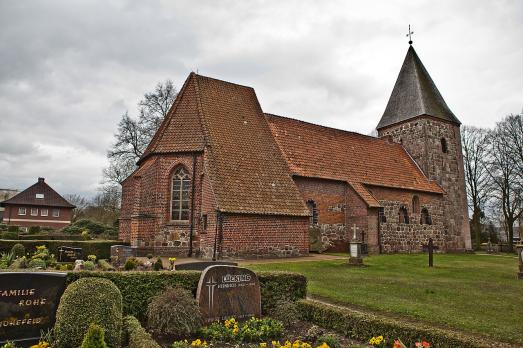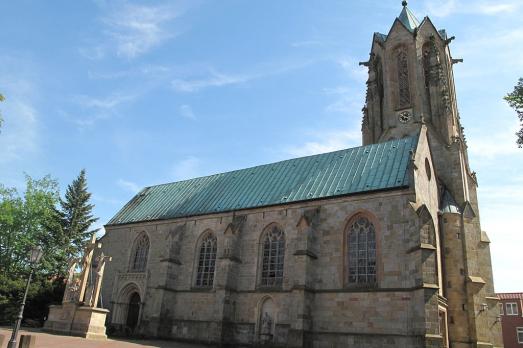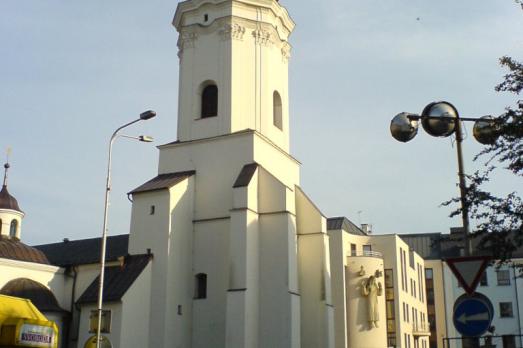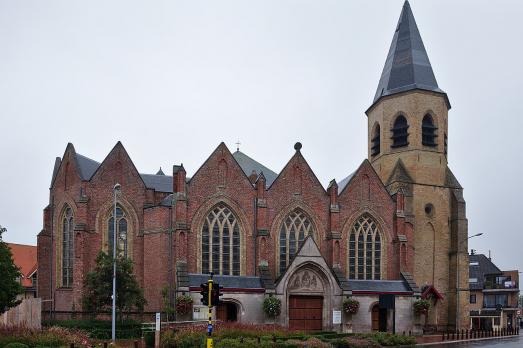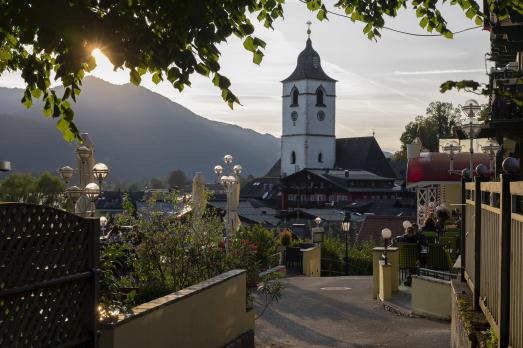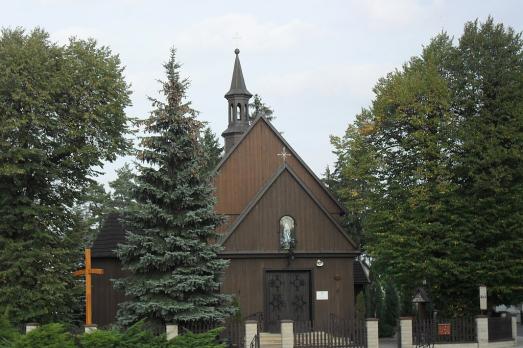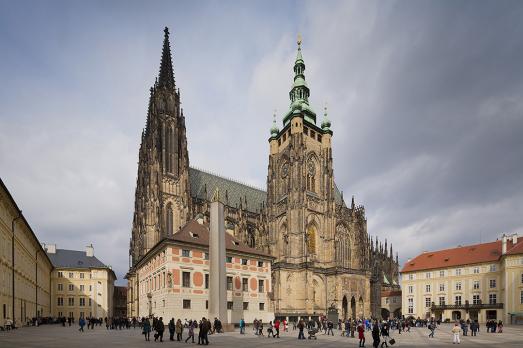
St. Vitus Cathedral
Prague, CZ
St. Vitus Cathedral, founded in 930, is a Gothic church located in Prague Castle. The cathedral is of importance in the art and national heritage of the Czech people and has had a significant impact on the development of latent style of architecture in Central Europe.
